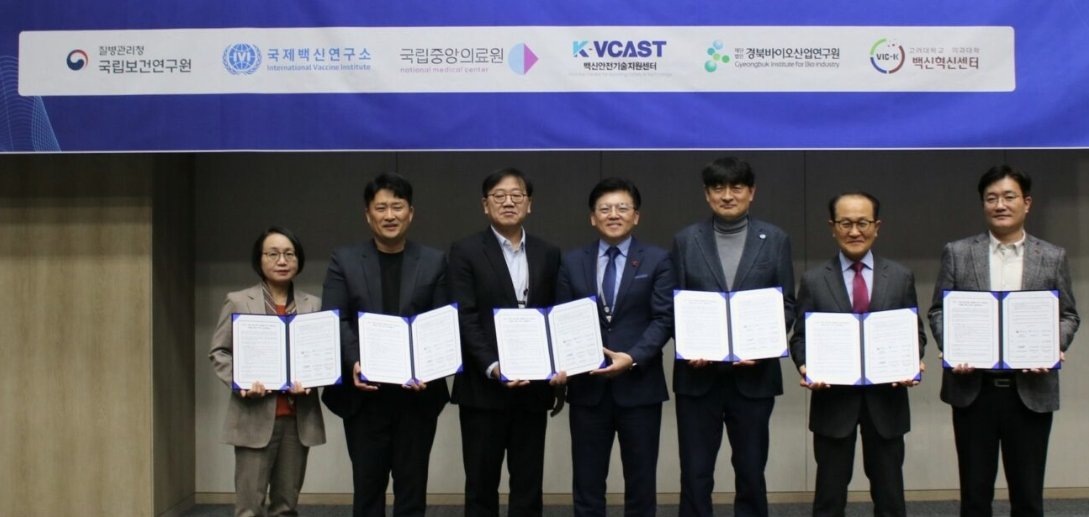
Photo credit: The Chinese University of Hong Kong (CUHK)
A research team from the School of Life Sciences at The Chinese University of Hong Kong (CUHK) has developed a novel method for extracting enzymes from bacteria, which lowers the production cost yet improves the enzyme’s stability. It also opens up a new avenue for the enzymatic production of biodiesel, an eco-friendly and effective substitute for fossil fuels. The research findings were recently published in the Journal of the American Chemical Society.
Enzymes are small microscopic engines that drive the various chemical processes needed for life. Chemists often generate tailor-made enzymes and use them to produce drugs and other useful chemicals that we use daily. One example is the enzymatic synthesis of biodiesel.
Biodiesel is an emerging renewable fuel commonly used in blends with petroleum diesel, which produces less pollutants than traditional pure diesel. It is typically produced from vegetable oil or animal fats and methanol in the presence of a base catalyst. Enzymes can also act as a catalyst to produce biodiesel. In fact, enzymes generate less waste and require lower temperatures than traditional base catalysts, and they can even convert waste sources such as used cooking oil directly into biodiesel, while base catalysis requires rigorous pretreatment resulting in water pollution. Unfortunately, in their current state, enzymes are too expensive to compete with base catalysts. This is because enzymes require tedious purification procedures and subsequent immobilization to be easily recycled and reused.
Protein crystals trap enzymes for easy extraction
Professor Michael Chan and his team members, Dr. Bradley Heater, Dr. Zaofeng Yang, and Dr. Marianne Lee from the School of Life Sciences have recently developed a novel method to overcome these hurdles. Their approach involves trapping enzymes in protein crystals produced naturally in bacteria, and then isolating these crystals in a single step. This greatly simplifies the isolation procedure.
A crystal is a solid material comprised of atoms or molecules that are arranged in a structurally ordered way. One such example is table salt, which consists of crystals of sodium and chloride atoms. Proteins can also organize themselves into crystals with various shapes and sizes. One special protein, Cry3Aa, directly forms crystals in the bacteria Bacillus thuringiensis. Unlike salt crystals, these Cry3Aa crystals contain large pores that are even big enough to accommodate enzymes.
Professor Chan’s team discovered that when an enzyme and the Cry3Aa protein were produced together in the same bacteria cell, the resulting crystals contained millions of copies of the enzyme trapped inside the pores. These crystals could be easily isolated and applied to produce biodiesel. They found that entrapment of this enzyme inside the Cry3Aa crystals made it much more stable, allowing it to be used in multiple cycles of biodiesel production from waste cooking oil.
According to Dr. Bradley Heater, the lead author of the paper, “the real elegance of this technology is that the bacteria cells do all the hard work of producing the catalyst – all we have to do is separate the crystals from the cell debris. Currently, we can use this method to produce an enzyme that converts waste cooking oil to biodiesel, but we should be able to trap other enzymes to perform different chemistry as well.”
Supported by the Research Grants Council and the Innovation and Technology Fund, Professor Chan’s team will continue to explore the potential use of Cry3Aa crystals to design a versatile platform for generating recyclable catalysts for the production of biodiesel and commodity chemicals.
Image Caption: CUHK Research team develops a novel technology for generating biocatalysts. (From left to right: Prof. Michael Chan, Dr. Bradley Heater and Dr. Zaofeng Yang)




